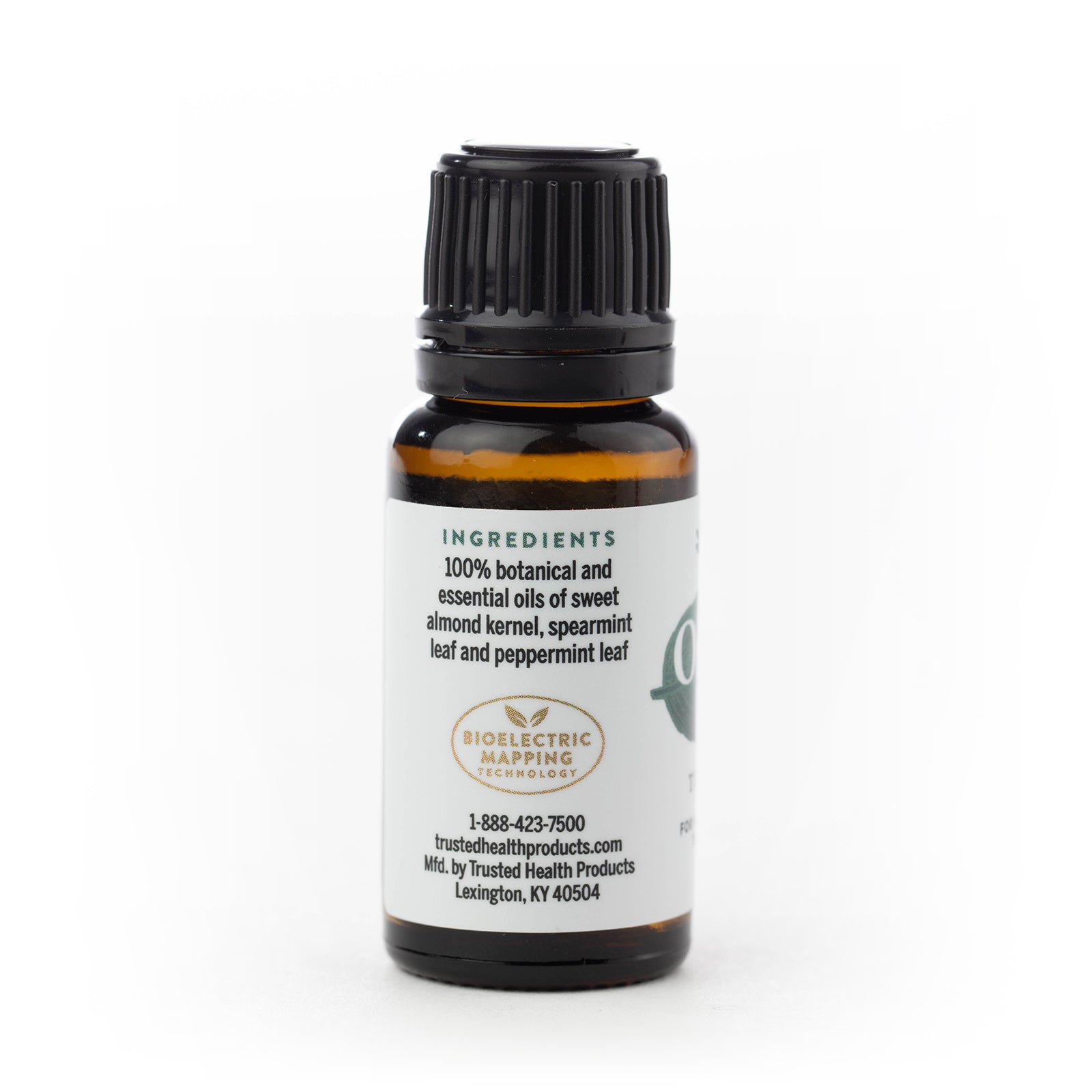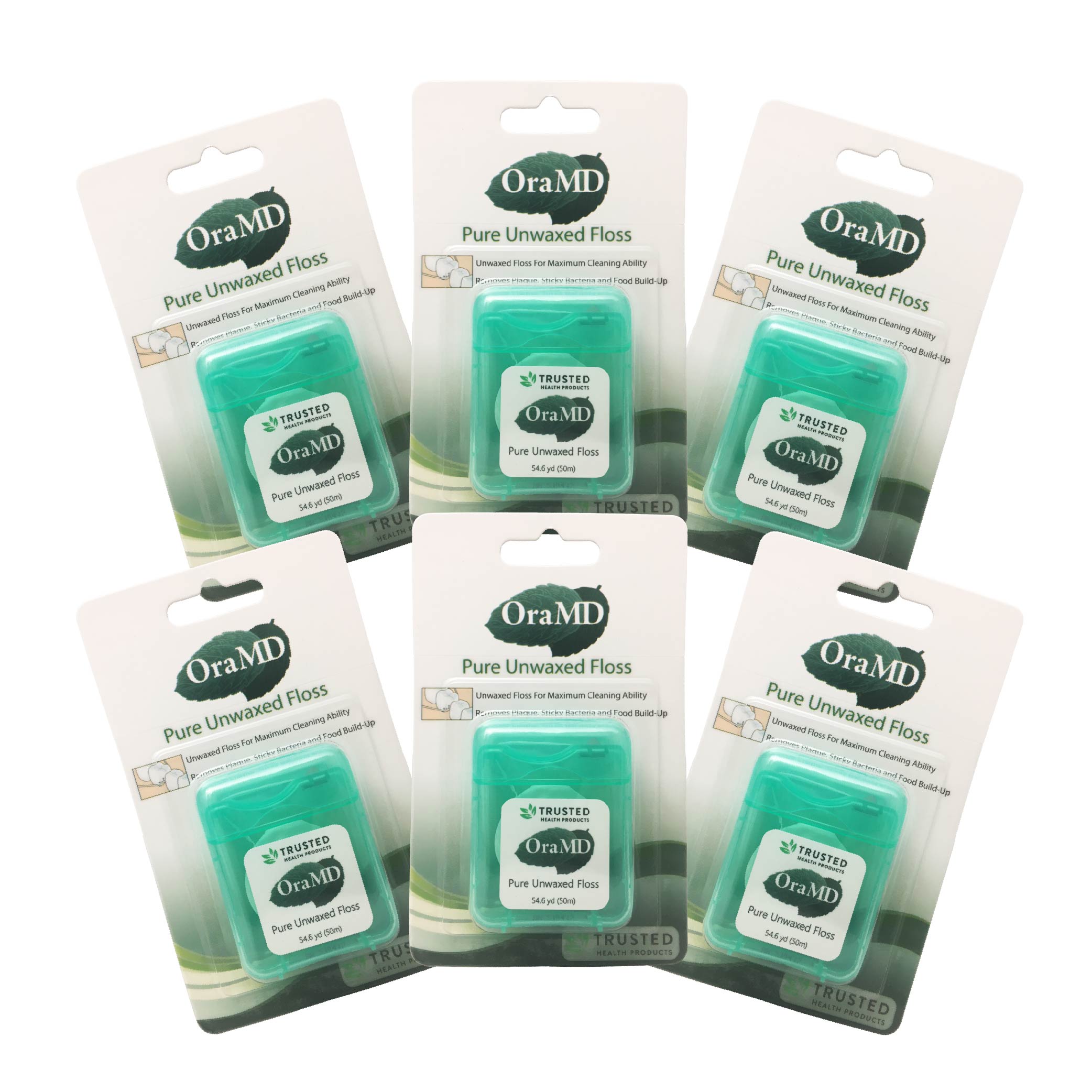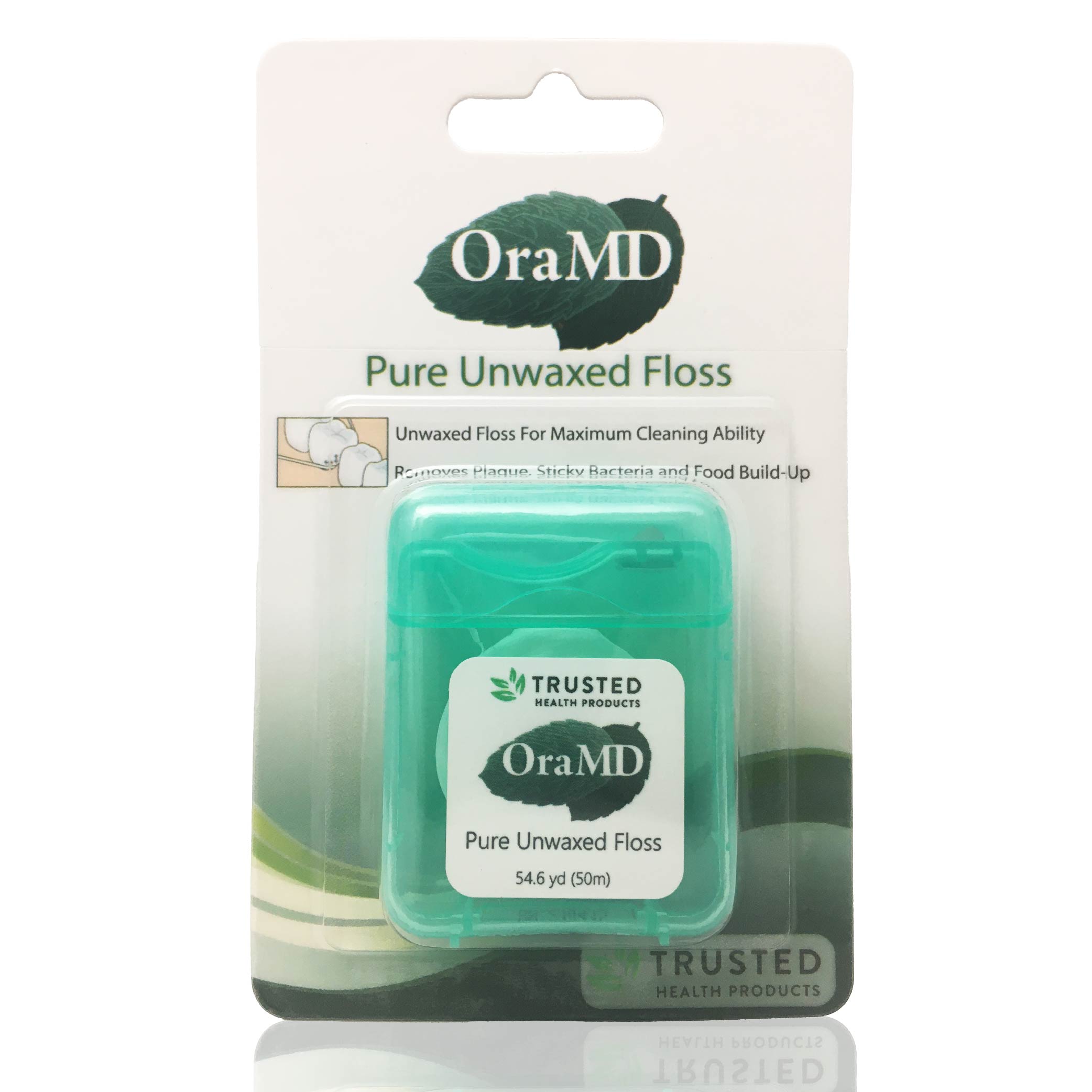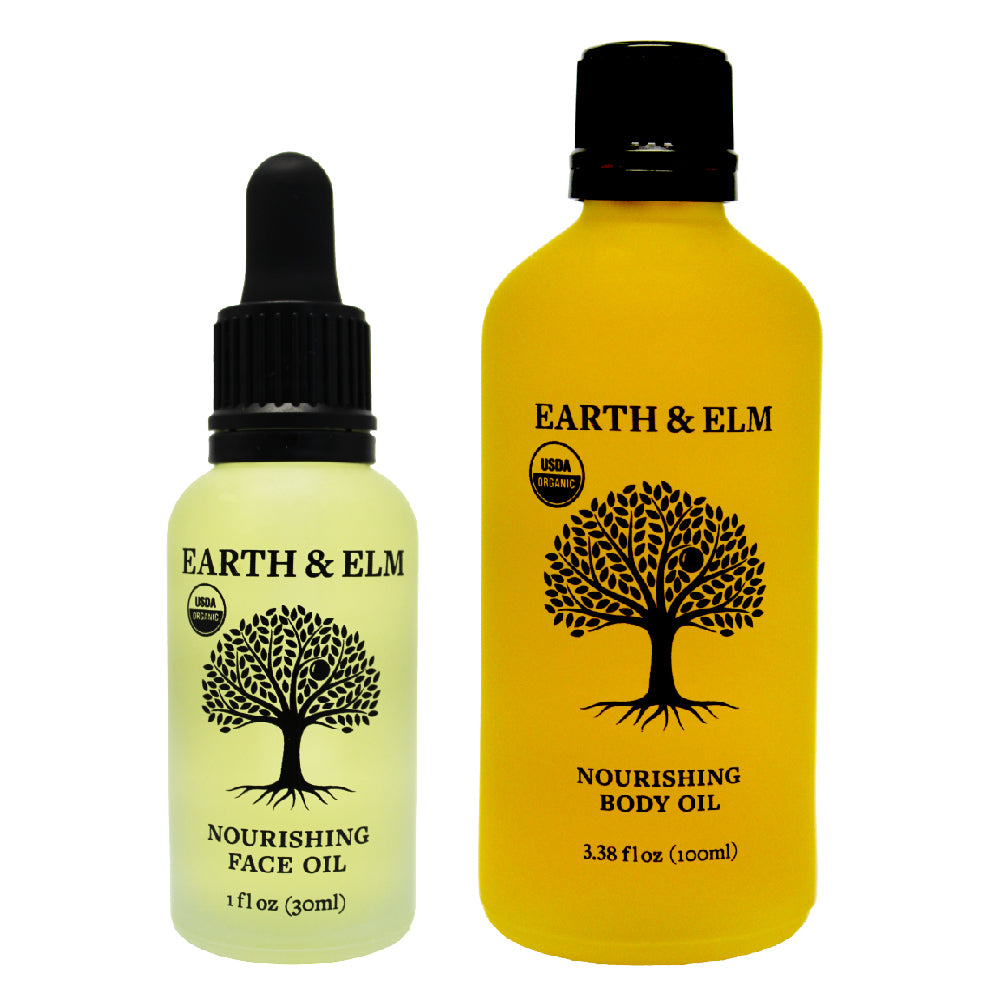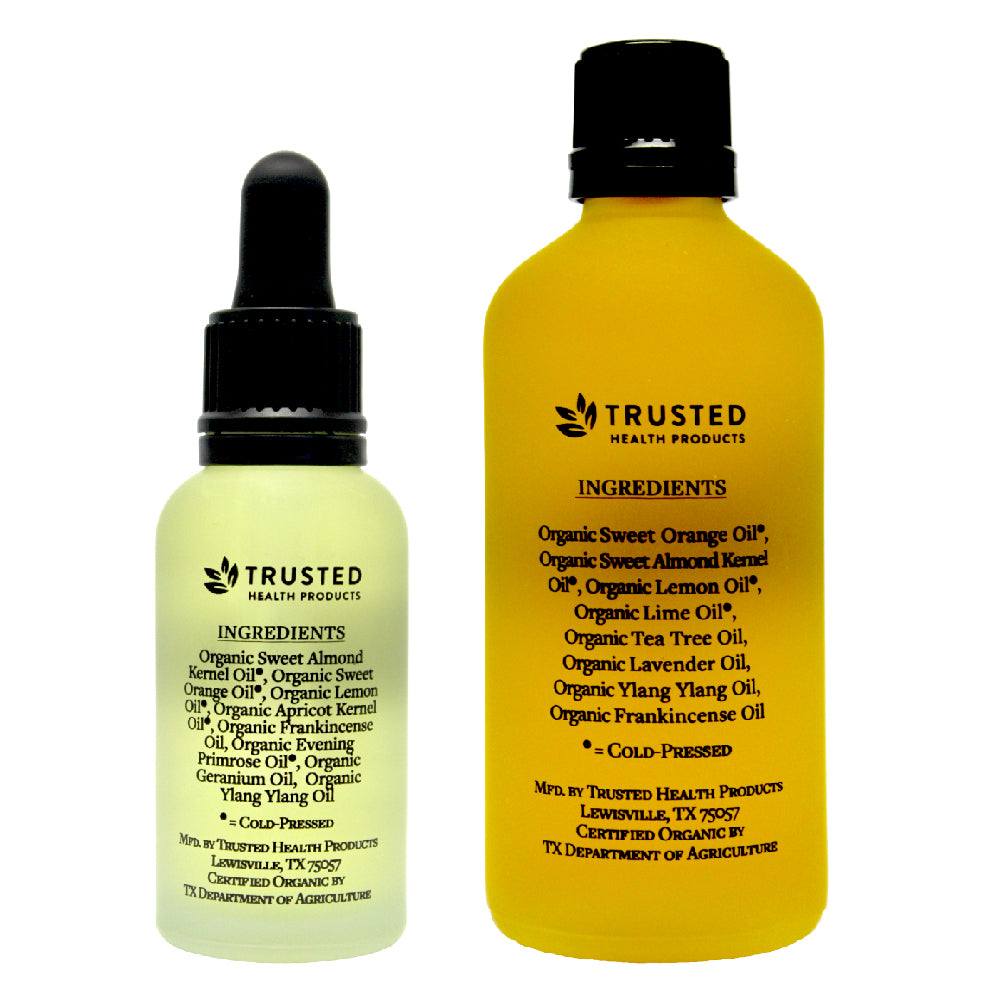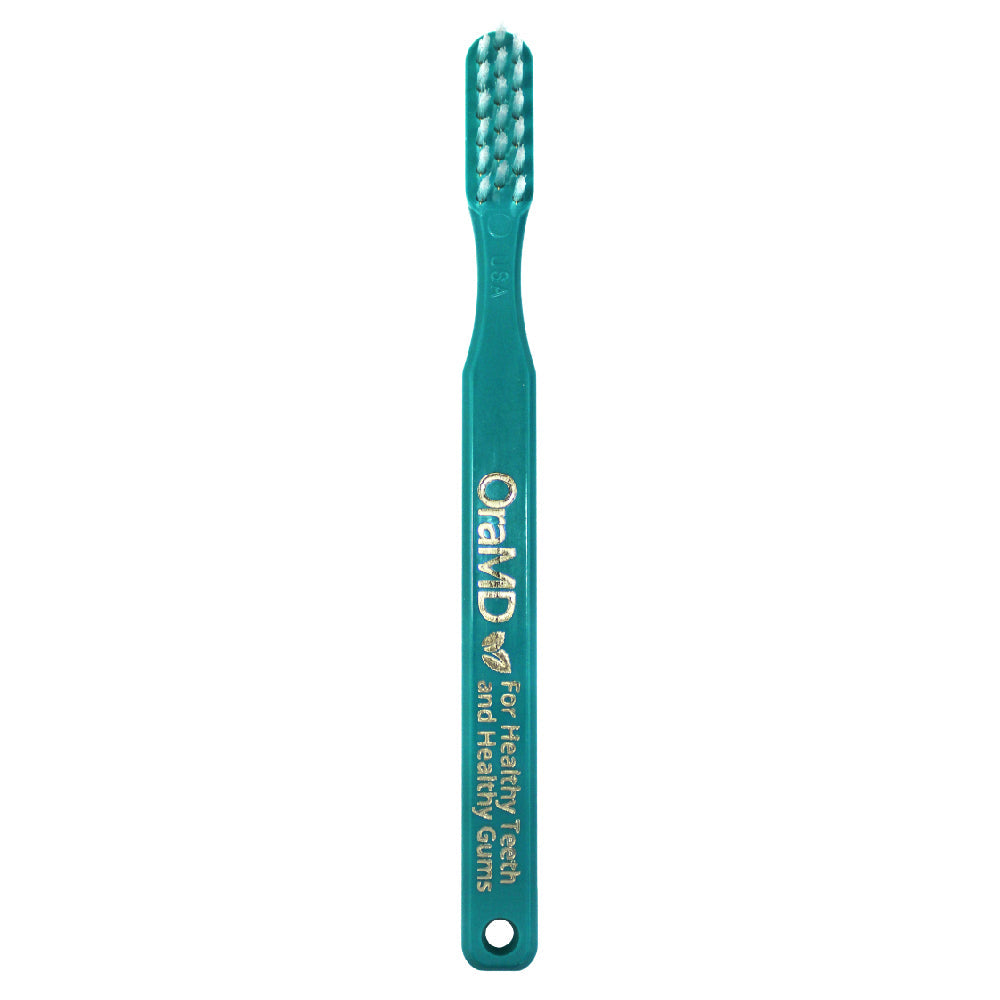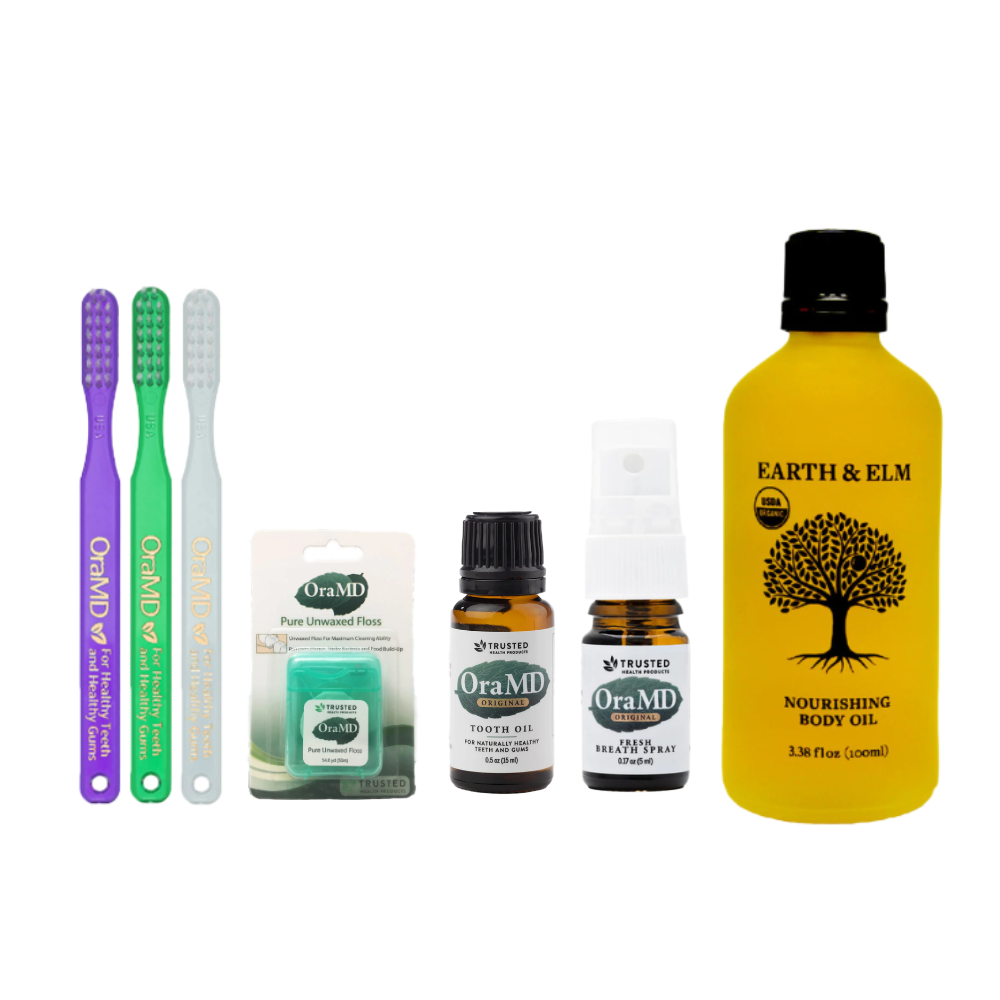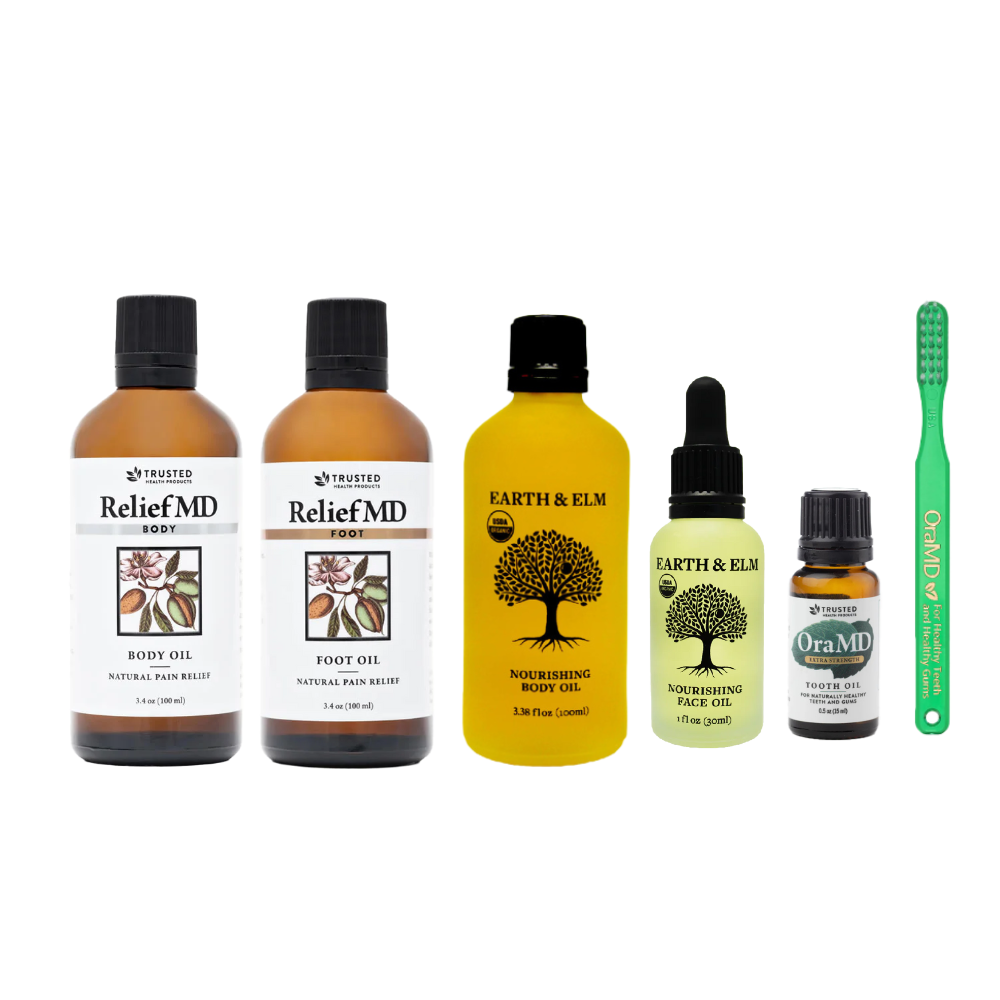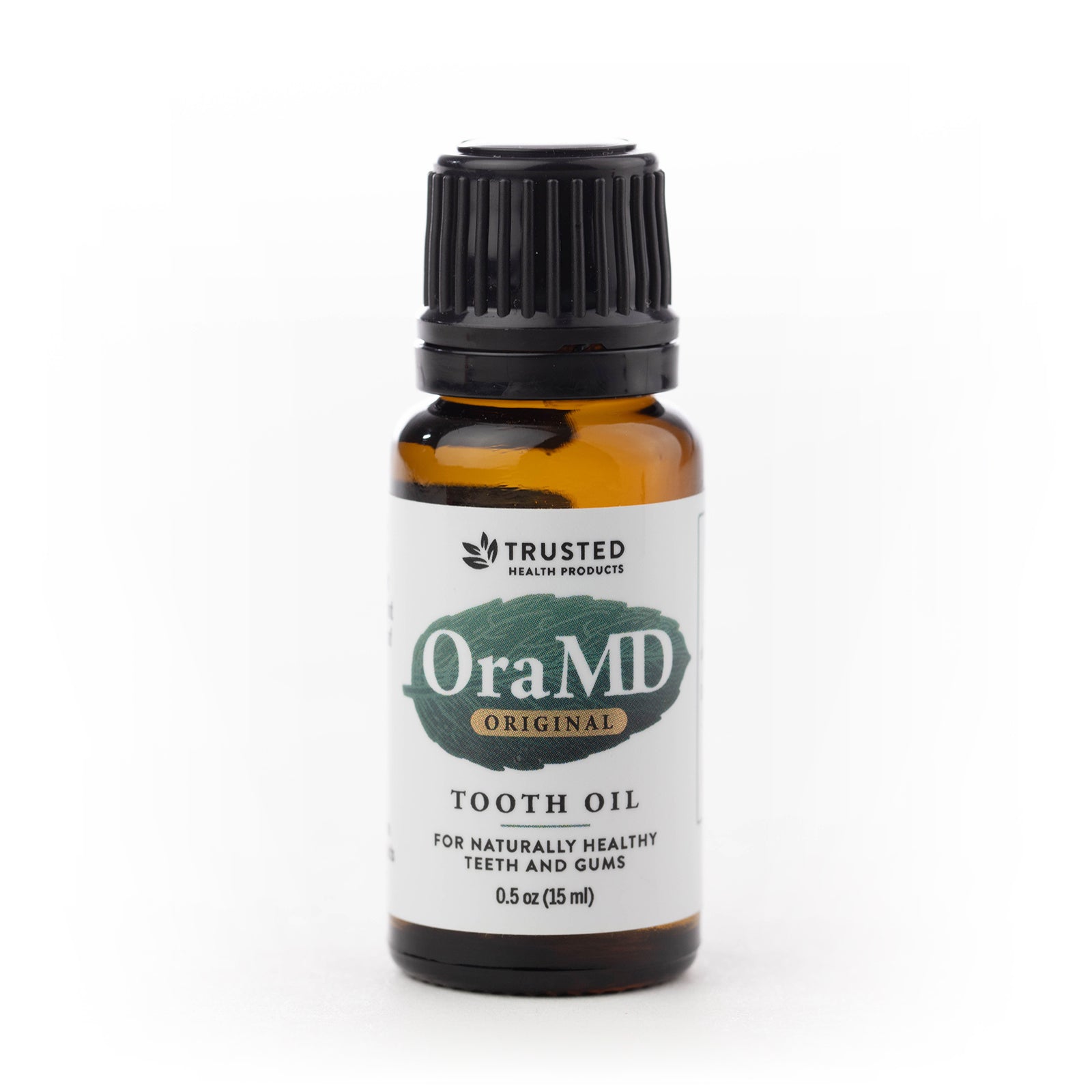10 Food Items You Might Be Surprised To Learn Contain HFCS
October 21, 2018
Author: Kenneth Melicado
Tags:
So just how much high fructose corn syrup are you consuming, anyway? If you regularly dine out or eat processed foods, the chances are high you're taking in more than you might have ever imagined.
Back in the 1980s, when HFCS was a fairly new food ingredient, it was being touted as better use of an abundant homegrown crop in a trade publication ad for Cargillheadlined How the newest ingredient in soda pop helps sweeten the pot for corn growers. As the ad explained it, a $90 million expansion of the company's facilities would, when completed, give it a total capacity of 1.3 billion gallons of fructose a year enough to fill a trainload that would stretch 154 miles. - which is an awful lot of fructose the very component that the Corn Refiners Association (CRA) has more recently tried to downplay in advertising claiming that HFCS is not really all that high in fructose after all.
But all that extra capacity has apparently been put to use, judging from the way HFCS has morphed way beyond soda pop into every conceivable food product that can be made. An example of just how much HFCS is being produced these days comes directly from the CRA itself, which noted in the most recent Corn Annual report that total shipments for HFCS for 2011 came to more than 19 billion pounds of the stuff.
Back when that ad ran, in 1982, USDA numbers for deliveries of HFCS only amounted to 26.6 pounds per person each year. But that number has been insidiously rising year after year as this test-tube sweetener has found its way into every kind of food, hitting the 60-pound-per-person mark in 1997 - interestingly, sugar intake has actually declined over the last century according to U.S. Department of Agriculture figures.
So exactly how much HFCS do these various foods contain? Unless you're privy to proprietary information, as its called in the industry, you really have no way of knowing. That's also true of the actual fructose amount in whatever HFCS blend a manufacturer may be using. These unknown fructose concentrations are the subject of a current petition filed with the Food and Drug Administration by Citizens for Health, asking that the agency take action against food and beverage manufacturers using HFCS with fructose amount above 55 percent, the highest amount the FDA allows.
Finding HFCS In Everything From Prunes To Pickles
What we do know for sure is that HFCS turns up in some very unexpected places, such as the products below.
Progresso Bread Crumbs (Plain): The package says the these bread crumbs will inspire your passion for the art of cooking with authentic Italian taste, but you'd be hard pressed to find an authentic Italian dish that called for high fructose corn syrup.
Sunsweet Prunes: Referred to on the label as the American Super Fruit, there is no doubt that prunes are a healthy as well as a sweet-tasting natural product and one you would least suspect would harbor an unnatural sweetener like HFCS.
French's Flavor Infuser 10-Minute Marinade: High fructose corn syrup takes the honor of being the very first ingredient in this concoction, even before water and tomato paste.
Kraft Catalina Anything Dressing: With the claim that its fat free appearing on four places on the packaging, this product is apparently intended to be used on more than salad, as the name implies. It also has HFCS listed as its second ingredient, right after tomato paste.
Kraft Miracle Whip: Kraft calls this popular dressing a secret blend, but if you read the label you'll find that it includes HFCS.
Vlasic Bread & Butter Pickles: HFCS is the second ingredient, right after cucumbers demonstrating how easy it is to make a sandwich with HFCS in every single ingredient and not even realize it!
Motts Original Applesauce: Here's yet another supposedly good-for-you-food bearing a major brand name that's been adulterated with this cheap and unnatural sweetener. Fortunately, organic unsweetened applesauce is easy to find and just about the same price.
Krusteaz Cranberry Orange Supreme Muffin Mix: How supreme could the muffins made from this mix be with HFCS in them?
Heinz 57 Sauce: While the label asserts it will add zest to steak, chicken & pork, a glance at the fine print says it will also add HFCS, which is the second ingredient in this sauce after tomato paste.
Campbells Healthy Request Vegetable Soup: Also masquerading as a healthy product while containing high fructose corn syrup is this new version of an old standard recipe, whose label claims that's its Mm! Mm! good for your heart. But a study, done at that University of California at Davis, found that adults who consumed HFCS for two weeks as 25 percent of their daily calorie requirement had increased blood levels of cholesterol and triglycerides, indicators of increased risk for heart disease. And in 2011, researchers at Georgia Health Sciences University concluded that high fructose consumption by teens can put them at risk for heart disease and diabetes.
The upshot is that despite industry claims that high fructose corn syrup is fine in moderation, the fact that so many diverse types of popular food products have been spiked with it makes consuming moderate amounts highly unlikely unless you're in the habit of carefully scrutinizing the ingredients of every processed food you buy - or of purchasing organic products. Not to mention that there may well be even higher levels of fructose in many of those items than you've been led to believe.
You might even say there's a whole trainload of it just waiting for you in the supermarket.
Subscribe to our Trusted Health Club newsletter for more information about natural living tips, natural health, oral health and skincare. If you are looking for more health resources check out the Trusted Health Resources list.
Written By:
Linda Bonvie is an author, a member of the Food Identity Theft team, and consumer advocate with over 20 years of experience researching and writing about food safety, health and environmental issues. She is the co-author ofChemical-Free Kids: How to Safeguard Your Childs Diet and Environment(2003)andChemical-Free Kids: the Organic Sequel(2008), as well asThe Stevia Story: a tale of incredible sweetness and intrigue(1997). Copyright 2013 Linda Bonvie.
Reviewed By:
Founder Ray Spotts has a passion for all things natural and has made a life study of nature as it relates to health and well-being. Ray became a forerunner bringing products to market that are extraordinarily effective and free from potentially harmful chemicals and additives. For this reason Ray formed Trusted Health Products, a company you can trust for clean, effective, and healthy products. Ray is an organic gardener, likes fishing, hiking, and teaching and mentoring people to start new businesses. You can get his book for free, “How To Succeed In Business Based On God’s Word,” at www.rayspotts.com.









